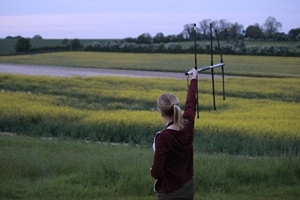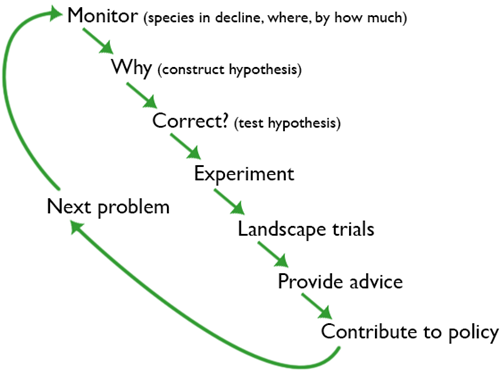How the GWCT’s research is translated into practical outcomes
 What makes the GWCT unique is that all of its work is underpinned by scientific research. We have around 60 research staff publishing 30-40 peer-reviewed papers every year, with over 1,850 papers published since the Trust was formed. But how does that mass of work end up being put into practice out in the countryside, where it can benefit our wildlife, habitats and landscapes?
What makes the GWCT unique is that all of its work is underpinned by scientific research. We have around 60 research staff publishing 30-40 peer-reviewed papers every year, with over 1,850 papers published since the Trust was formed. But how does that mass of work end up being put into practice out in the countryside, where it can benefit our wildlife, habitats and landscapes?
Let’s start with the research staff. The GWCT’s scientific staff range from students to professors, based in its Fordingbridge headquarters in Hampshire and its four main satellite sites: the Allerton Project research and demonstration farm in Leicestershire; our new Scottish demonstration farm in Aberdeenshire; the Salmon & Trout Research Centre in Dorset; and the upland research offices in Teesdale and Inverness-shire.
Many people do not realise the enormous breadth of the work being carried out, from soil to salmon, weeds to woodcock, and beetles to black grouse. There are three main areas of interest: species recovery, how game management can contribute to wider biodiversity, and how land managers can do more alongside economic land use to improve wildlife conservation.
The first of these, species recovery, is of particular interest. A huge amount of UK land is managed – agriculture alone accounts for almost 75%. So the UK’s farmers, gamekeepers and other land managers can have a significant impact on species, both positive and negative. Much of the GWCT’s work involves monitoring our declining species, exploring what factors are causing the decline, working with land managers to develop and trial possible solutions, providing advice to land managers, and finally developing policy. Some people will be familiar with this route – known to many as the ‘scientific method’.

A key part of this cycle for the GWCT is working with land managers to help find solutions and then put research into practice. The GWCT’s advisors deliver talks at events, run courses, work with colleges, and last, but absolutely not least, they provide one-to-one practical advice. Although there are just six GWCT advisory staff, together they reach hundreds of land managers every year. These practitioners are responsible for tens of thousands of hectares across the whole of the UK. The GWCT’s work has a massive impact.